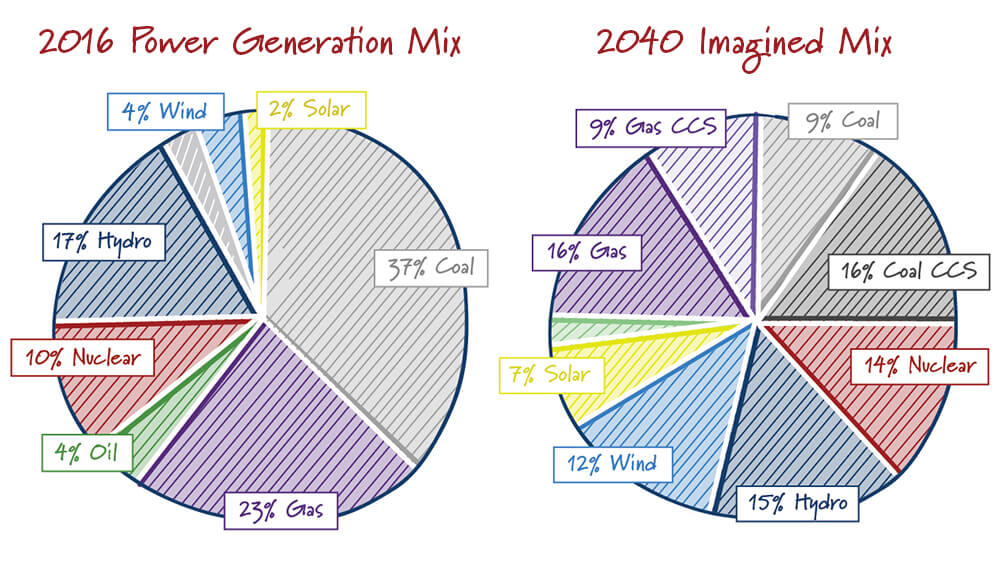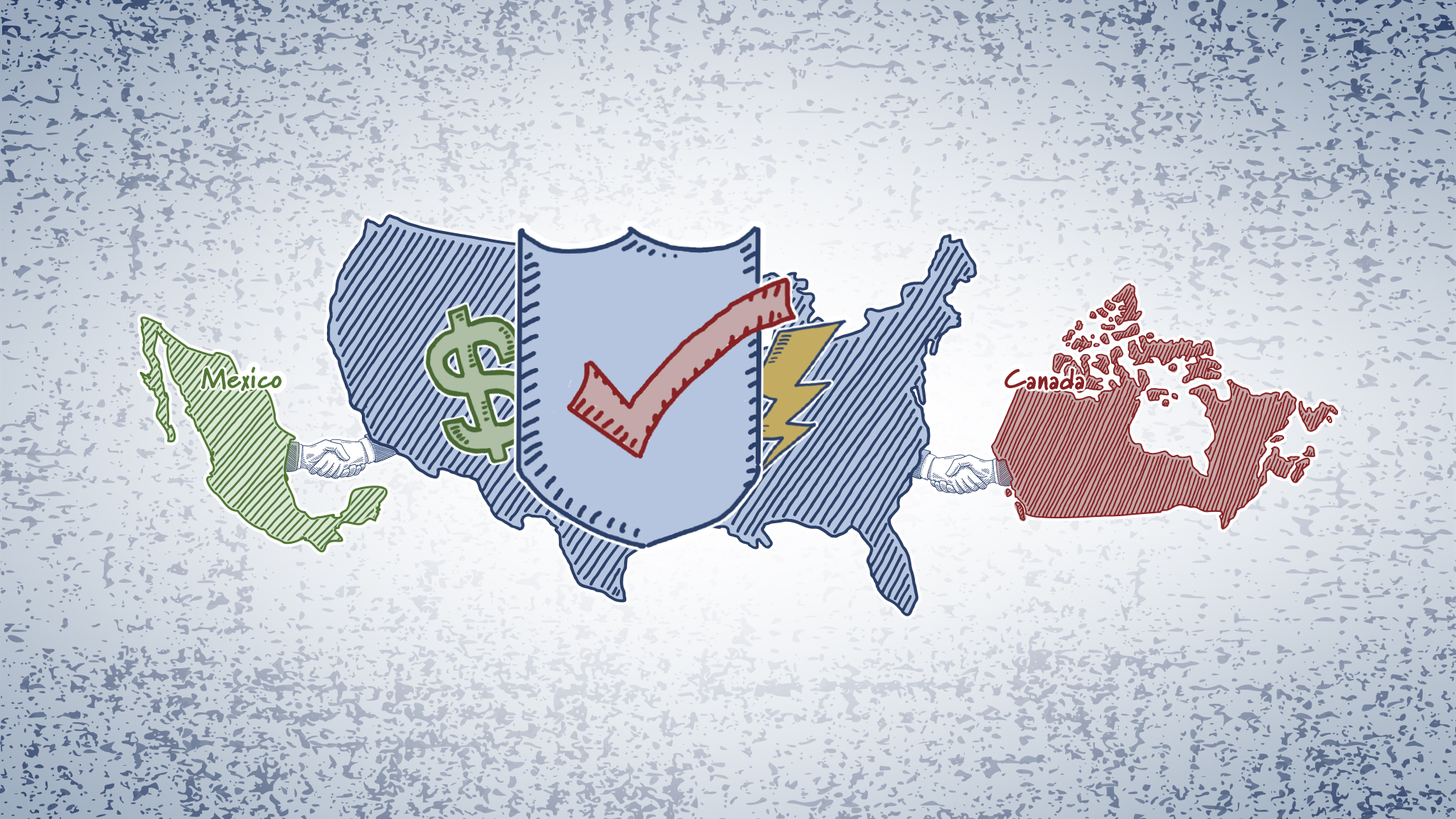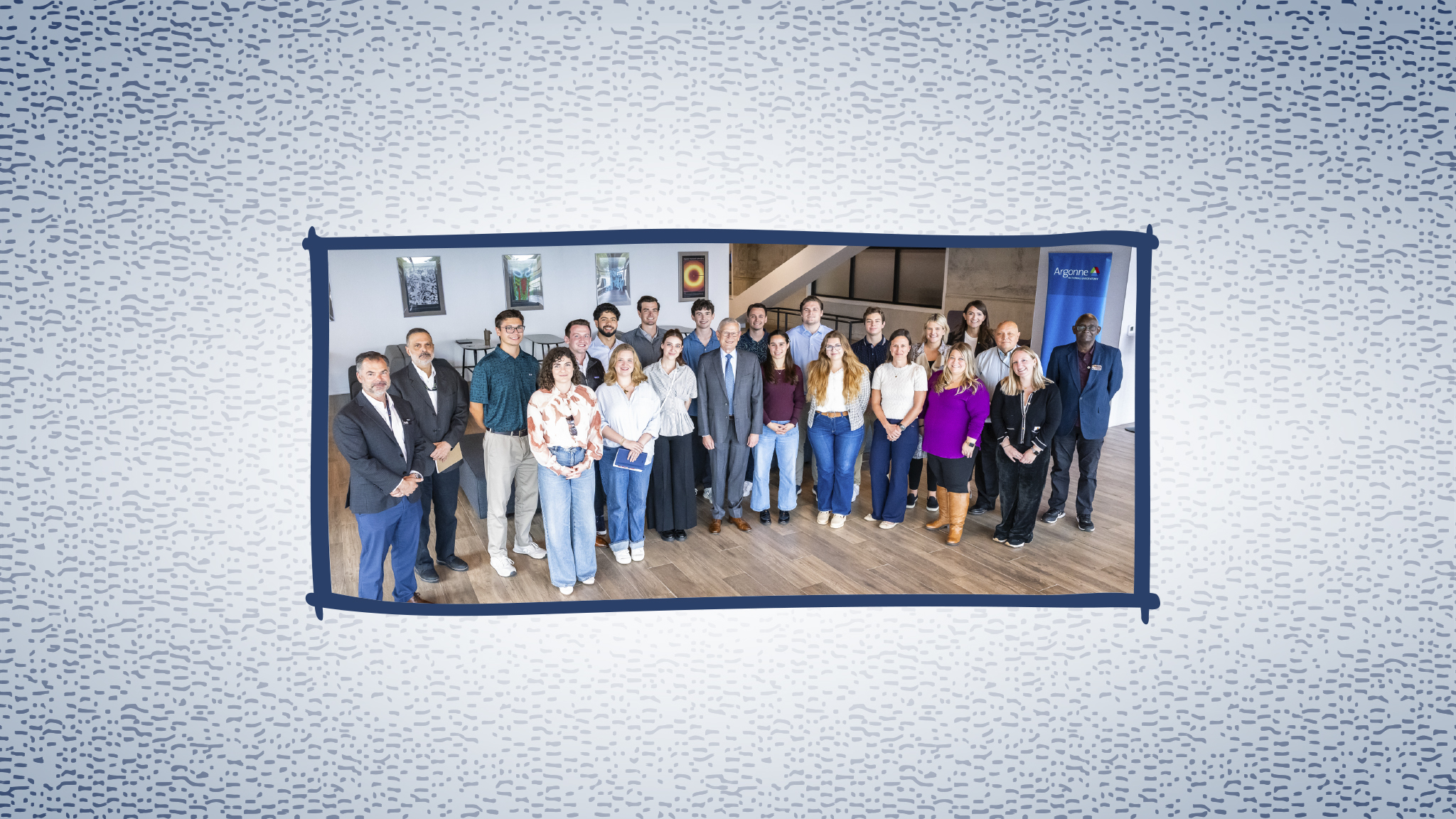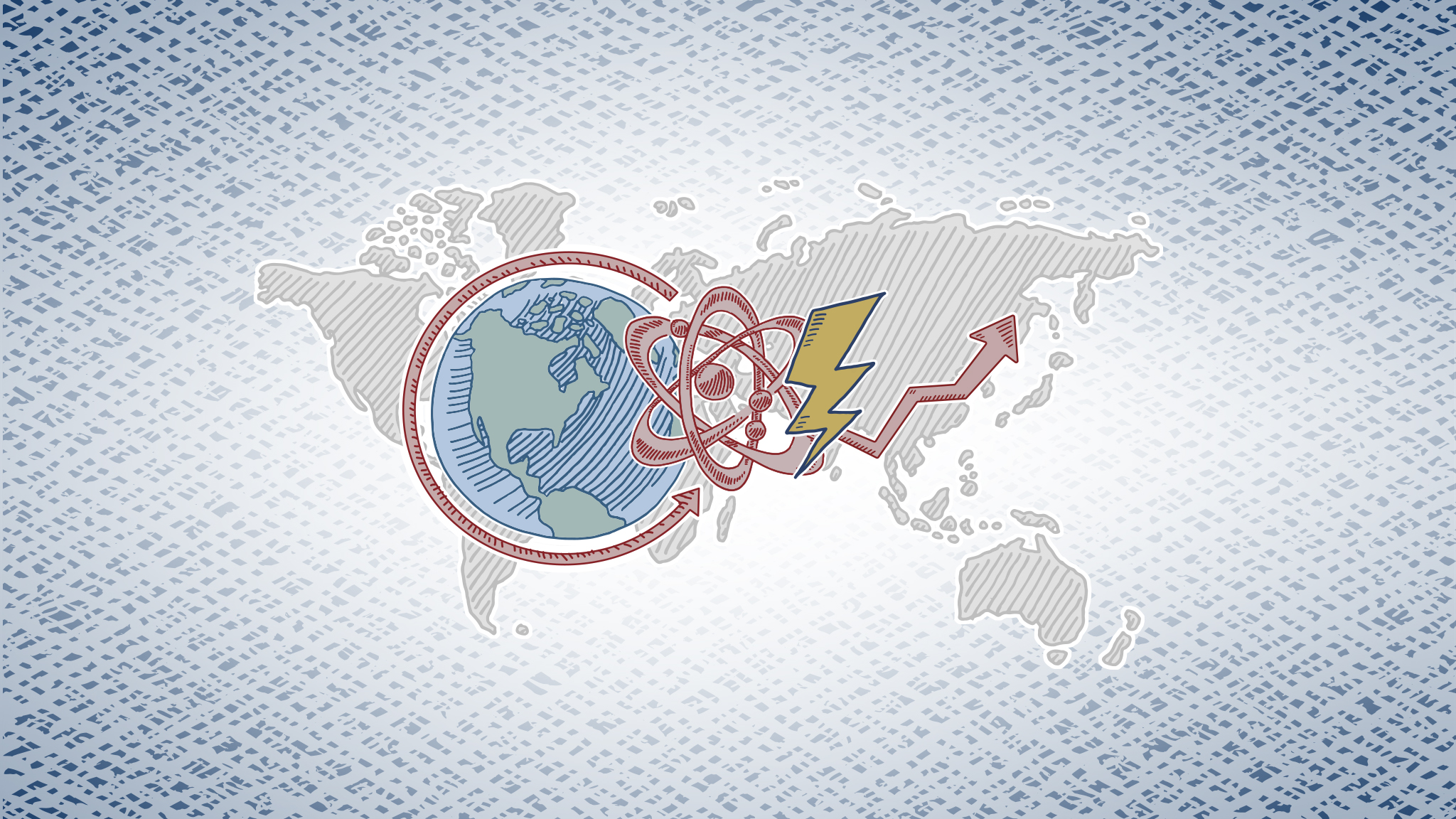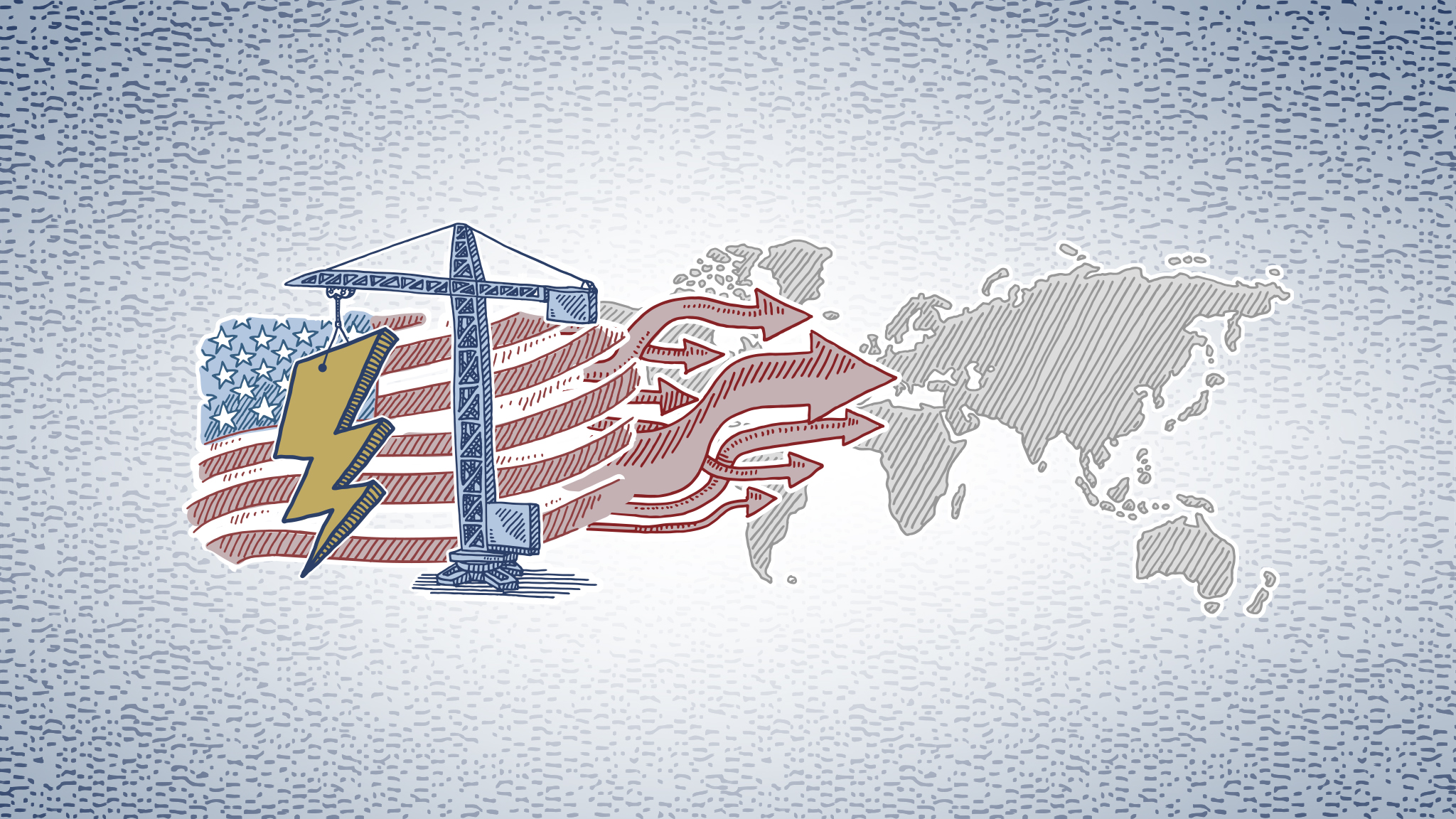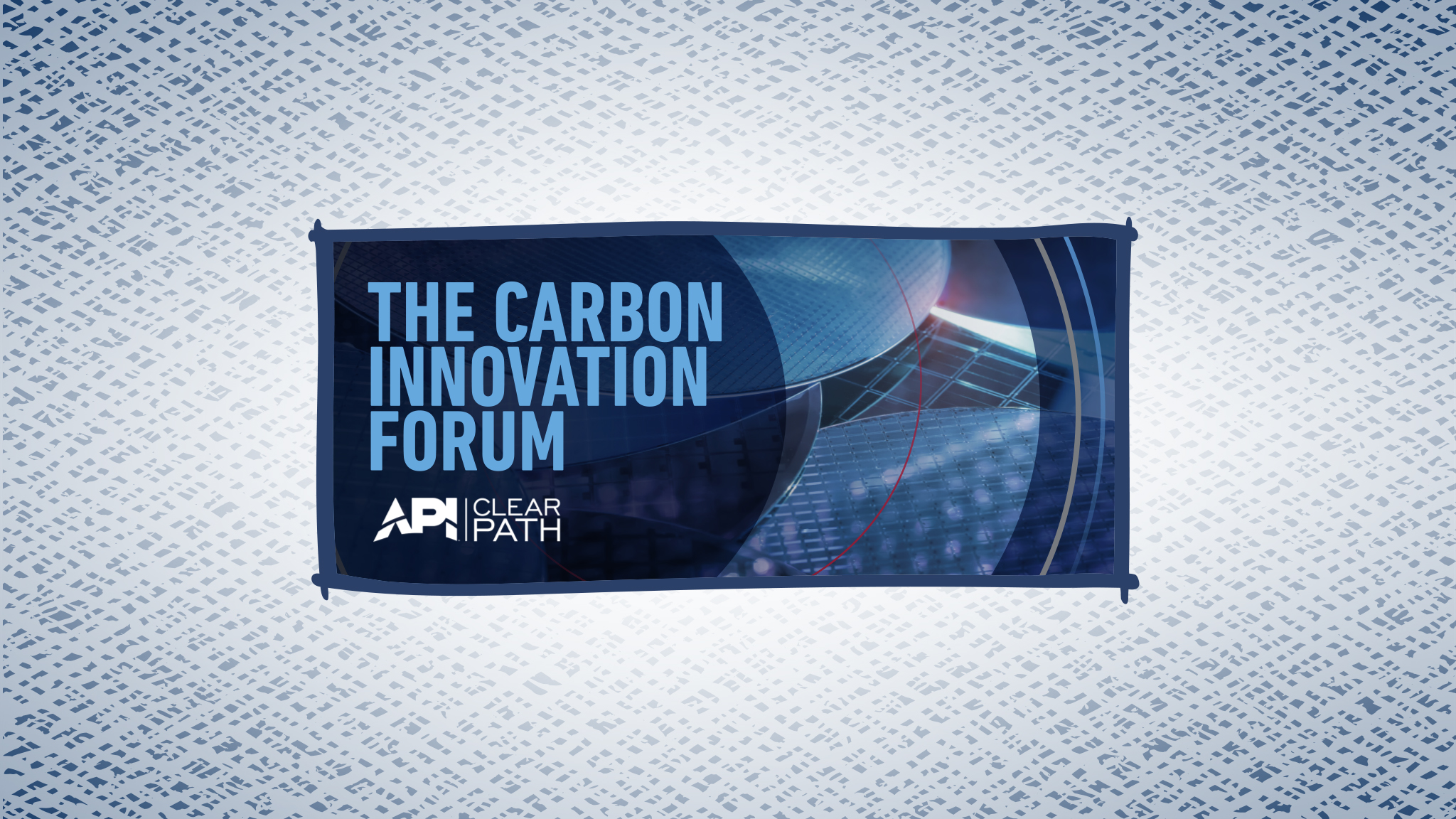It’s January 2040, and under our newly sworn in 48th president, America is leading the world in clean energy technology. Thanks to a massive innovation boom, energy resources and technologies are our fastest growing exports, creating a global win-win that the left and the right fight over getting credit for:
Win 1: The world pays for advanced American energy technology, boosting our economy.
Win 2: U.S. clean energy innovation makes existing global efforts to reduce carbon emissions more affordable.
The technology we invented in the 2020s overtook China’s massive state energy industry, bringing back jobs by playing to our strengths in advanced manufacturing. We outflanked China.
Modular nuclear reactors built in highly automated factories and sent around the world revived our struggling nuclear industry from a near-death experience. Millions of printable solar panels were built in the Rust Belt, and are neck-in-neck with China’s old-school photovoltaic solar. China is ahead of us in lithium-ion batteries, but they can’t build advanced flow batteries for the grid or lithium-air batteries for cars at the cost or quality that we can. And no country can match our zero-emission fossil fuel technology. Energy technology joined Silicon Valley as an only-in-America success story that kept our economy growing.
How did we get there?
Wise policy decisions made in the late 2010s paid off slowly. Reinventing energy is slower than turning the Titanic. It requires 20-year lead times for cutting-edge technologies to mature. The 2010s were the decade of energy resource abundance. The easy choice would have been to be complacent with our current energy systems, do nothing else and hope nothing changes in the long-term. The hard choice would be to compete with China and invest in advanced technology, which is critical for long-term energy dominance, job creation and national security. This choice is the one America faces today. At ClearPath, we believe in the hard choice: Choosing breakthrough innovation, outcompeting the Chinese and investing for the long-term. This piece will address three questions that led us to supporting the hard choice.
1. Why focus on the Chinese Market?
2. Why involve the government?
3. Why not just do renewables?
The stakes of this energy choice are high.The world is moving its money to clean energy. All nations except the U.S. are aligned behind reducing carbon emissions and will now invest $10 trillion for cleaner electricity in the next 25 years.1 Nearly every one of our major sources of power, from oil to solar to gas, largely exist because government investment in research and development helped them break into the market. Advanced clean energy technology will be no different and the rewards could be even greater.
Chinese Premier Wen Jiabao: “To reduce carbon dioxide emissions on such a large scale
and over such an extended period of time will require tremendous efforts on our part.”
This is a trillion-dollar export opportunity, and we’ve already let China take the lead. They’re selling photovoltaic solar technology we originally invented from Berlin to Arizona, and they’re planning more than 100 new nuclear plants while overtaking us in nuclear exports by 400%.2
Additionally, we think carbon emissions are very risky. The conservative approach is to hedge against that risk with clean energy technology, focusing on China and India’s growing pollution. As Mitt Romney put it: “They don’t call it America warming, they call it global warming.”
If clean energy gets cheap enough, long-term climate goals can succeed. If not, developing countries such as China and India will choose economic growth over global climate promises every time and their pollution will negatively impact the rest of the globe. Even if America never rejoins a formal global carbon-reduction effort, we will still be the country that determines its success through our technology. China can keep building existing clean technology, but they aren’t likely to invent the next breakthrough, which is what’s eventually needed to deeply reduce pollution while keeping consumer costs low. The developing world wants energy that’s cheap, clean and reliable. That technology isn’t finished yet, and we can and should help raise the world’s standard of living with our innovation.
We believe electricity (our focus here at ClearPath) is the biggest piece of the global clean energy puzzle. Electricity is the common currency among the five big drivers of carbon emissions: The power sector, buildings, transportation, land use and industry.
The rise of electric cars means that clean electricity is needed for clean transport. And the advanced nuclear and carbon capture technologies developed for clean electricity are critical for clean industry. Advanced nuclear is useful beyond electricity in that it can cleanly provide huge amounts of heat for steel and iron. Same with carbon capture, which can be applied to cement. Solar and nuclear power can work together to make hydrogen. By getting clean electricity right, you solve key problems for four of the big five.
And we don’t need to agree on the extent to which humans are causing climate change. Energy innovation is an economic no-brainer, given the trillions of dollars on the table. And coal needs to be able to thrive under carbon regulation so that it can survive a Democratic White House, which can and will use the Supreme Court decision that obligates EPA to regulate carbon dioxide. Carbon capture technology is the solution and the sure way to keep coal in business for the long term. And it will also preserve coal as an attractive export even in a world intent on reducing carbon.
What would it look like today? We must supercharge innovation at our national labs and universities with our top scientists. We must connect this research with the private sector, helping them build demonstration projects and deploy first-of-a-kind plants. Then they can compete fairly against the incumbent technologies and succeed or fail on their own merits.
As a bonus, this innovation-centric approach would allow America to cut its own carbon emissions much more cheaply than with the Clean Power Plan’s top-down approach, which is something all should celebrate. And yet aside from folks like Bill Gates, little focus is given to this innovation-centered approach.
To lay out our case, we will tackle the three most common objections to this innovation approach: First is China. Then the role of government. Last is renewables.
1. Why focus on the Chinese Market?
At ClearPath, we take every one of our energy initiatives and then put it to a “What about China?” test. China is the biggest market for clean energy technology, our biggest competitor for technology exports and the world’s biggest emitter.
60% of the world’s carbon capture retrofit potential (the cleaning up of existing coal plants) is in China.5 In 2016, China installed 42% of the world’s new wind turbines, nearly triple what America built.6 And they’re expected to build 40% of new wind, 27% of the new solar7 and 45% of the new nuclear plants through 2040.8 Of the $10 trillion energy market, China alone is projected to be worth $2.8 trillion.9 To dominate that market, we must sell technology to China and the developing world.
Meanwhile, China is not just trying to supply their own energy technology, they’re fighting for (and winning) that export market. They already dominate the solar panel market, manufacturing 60 GW of panels in 2017, equal to two-thirds of the global production capacity.10,11 And they’re making the same play for nuclear energy dominance. They’re building 28% of the world’s planned nuclear reactors, second only to Russia, and quadruple the struggling U.S. nuclear industry.12
How is China is doing it? There’s a three-legged stool of industrialization, government policy and innovation.
China is the dominant industrial power and they’ve turned that power to clean energy – constructing nuclear power plants and wind turbines rapidly – and are now building the world’s biggest grid battery.
America won’t be able to beat China when it comes to cranes and massive construction. That’s a big reason why China has overtaken us in nuclear power plant construction. Catching up will mean changing the playing field with new technology, not catching up on cranes and concrete.
China has thrown the full force of government policy behind their clean energy technologies. Electric vehicles is one of their top 10 priority industries and they’re aiming for an 80% local supply chain. Chinese electric car buyers receive up to $15,000 in incentives14, while gasoline-powered car purchases are restricted in many cities15, gas-powered motorcycles are banned16 and a new credit system will require 10% of car sales to be electric by 2019.17 Then there are all the policies that are hard to see in a state-run economy, including the preferential financing and guaranteed purchasing that China uses to pick and scale-up winners. And of course there’s the protectionism and tariffs that China is famous for and which helps them to nurture domestic companies.
China is also prioritizing research and innovation, though the U.S. still at least holds the edge in innovation. U.S. basic research budgets and capacity still out-do China, and energy is no exception.18 But China is now beating us at development research – innovation that produces commercial products and manufacturing processes – and will soon have doubled our development research budget.19 Meanwhile, China graduates more scientists and engineers than any other country.20
But the bulk of their effort is in the last leg of innovation, which often means commercializing technologies Americans invent. This effort includes finishing in 2018 the first high temperature gas reactor in decades and a Memorandum of Understanding to explore building another one for Saudi Arabia. Who invented that technology? We did, with General Atomics in 1966. America still holds a wide lead in technology innovation, even if we’re losing the construction projects for our ideas.
And that innovative edge is how we can dominate the market and advance clean energy throughout the world. China is doing manufacturing innovation. They’re driving down construction costs. They have generous subsidies and state-led building projects that help commercialize new technologies. That includes the world’s biggest battery: A 200 MW, 4-hour vanadium flow battery under construction.21
But they haven’t taken the lead in breakthrough innovation. That’s America’s almost-unique strength. That big vanadium battery relies on technology from our Pacific Northwest National Lab and China partnered with an American company to help build it.22
China’s basic manufacturing prowess means that we’ll be importing Chinese technology and products for a long time. If we accelerate our energy innovation, we’ll be able to balance this by exporting our inventions to China and India and the rest of the world. Breakthrough innovation and advanced manufacturing is our pathway to overtake China in the clean energy race.
Right now China is beating us with clean energy technology we invented. But the next generation of technology, which is again coming out of America, plays to our strengths. We can’t beat China on manufacturing iPhones but can at building printable solar panels, modular nuclear plants and carbon capturing fuel cells.
2. Why involve the government?
When Silicon Valley innovates, it doesn’t need the government. Why shouldn’t energy companies be the ones to invest in research and bringing new energy technology to market? Unfortunately advanced nuclear isn’t Uber and isn’t created by two guys in their garage. Energy innovation takes decades to get from lab to market. It just wouldn’t happen without the Department of Energy.
All of our primary energy sources today were supported by government R&D early on and in many cases tax credits to facilitate their initial commercialization: natural gas, coal, solar, nuclear, wind and oil.
Energy research is a multi-billion-dollar opportunity to find the next fracking-like technology breakthrough. But without support, even a superior energy technology won’t be able to break into the market because the incumbent technologies are too big to compete against and have a 50-year head start.
What America needs is a technology-neutral approach to supercharging innovation and helping financing first-of-a-kind projects, such as the successful Petra Nova carbon capture project in Texas and the pending NuScale small modular reactor in Idaho. Then the new technology can succeed or fail on its own merits and on a level-playing field. That’s the governmental role we need, and it’s neither a command-and-control approach that picks winners, nor a do-nothing-and-hope approach. The potential rewards are great.
Some upcoming energy breakthroughs already have received important help from the Department of Energy. Others still need much more to get to scale.
4 Energy Technologies That Could Change the World
NetPower – Demo plant: Early 2018
- A North Carolina company designed a new power plant that captures all its carbon emissions and uses the carbon (rather than steam)28 to turn the turbine to make electricity.
- No carbon emissions from coal or gas, and it could be as efficient as a traditional power plant.
- Their 50-MW demo plant will be done in Texas in the next few months, and if all goes well, a full-size 295-MW plant in the next 5 years will test if this is the future of clean fossil fuels.
- The design could be licensed globally, selling American technology, and potentially be paired with our gas and coal exports, capitalizing on all of our energy expertise and resources to supply clean energy around the world.

